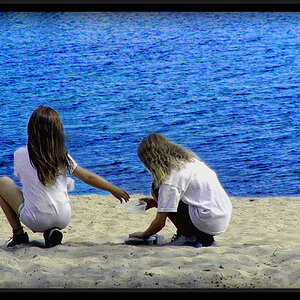Actor
TPF Noob!
- Joined
- Mar 4, 2007
- Messages
- 421
- Reaction score
- 1
- Location
- Ohio
- Can others edit my Photos
- Photos NOT OK to edit
Last week I was reading an article about pioneer inventor/photographer Fox Talbot and I came across an interesting idea. "If you expose film long enough an image will appear. You don't have to develop it, just fix it."
Sounds like something I'll have to try sooner or later.
Sounds like something I'll have to try sooner or later.



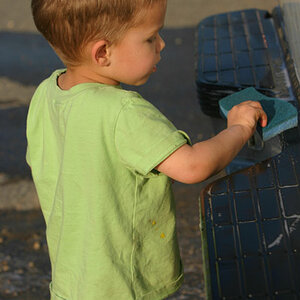
![[No title]](/data/xfmg/thumbnail/37/37526-bc41ead4d3f2330d3e37da95abf9132e.jpg?1619738130)
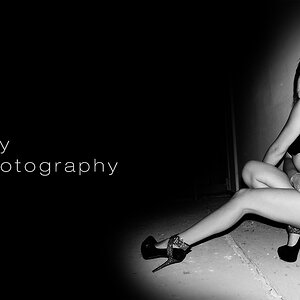
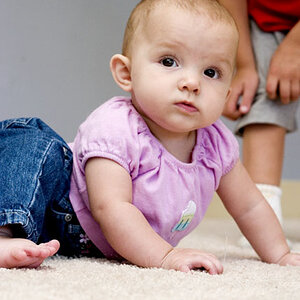
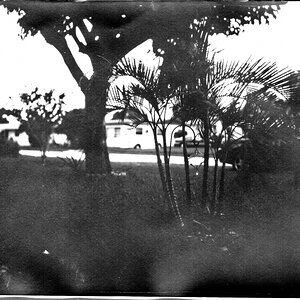

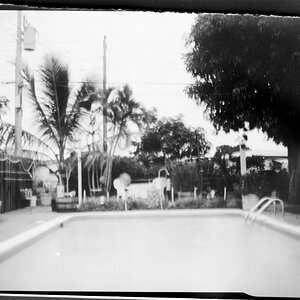
![[No title]](/data/xfmg/thumbnail/39/39292-4169a355b794ae9735845c4ad45d06ff.jpg?1619738958)


